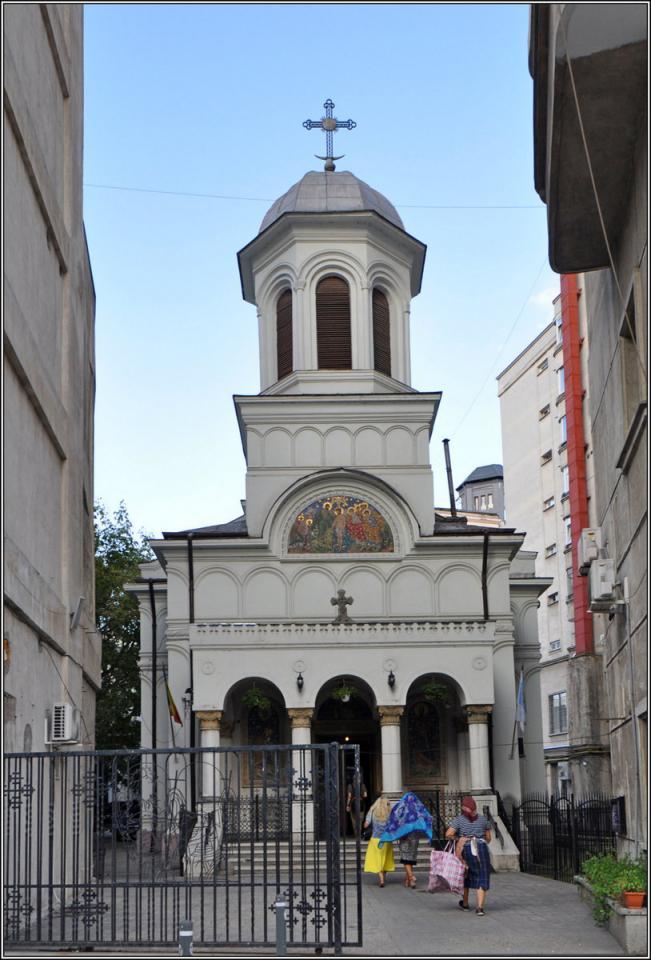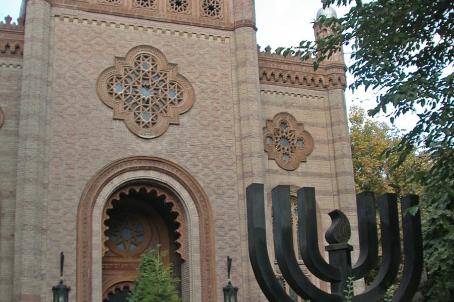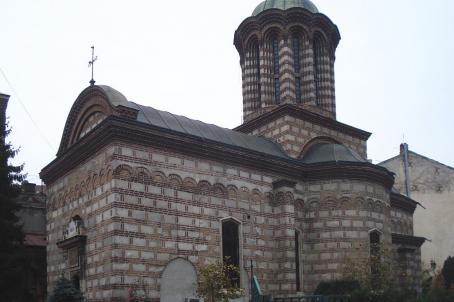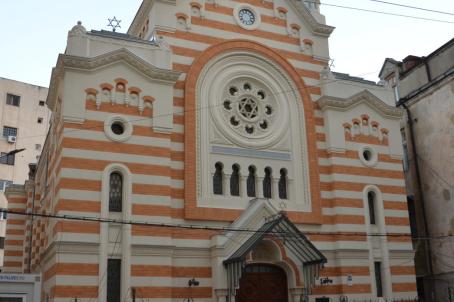St John New Church
St. John the New is an 18th century church half-hidden between two blocks of flats in the centre of Bucharest.
About this building
Popularly known as "St John Square", this church stands just a few steps away from Unirii Square, one of Bucharest’s main squares. The building was erected in 1756 by Ionita Croitorul, leader of the old furriers and dyer guilds. The church has a rectangular-shaped nave with two towers and exterior mural paintings and mosaics. Its interior is also richly decorated.
The church underwent several restorations in the 19th and 20th centuries, having survived the Great Fire of 1847, the Bucharest Earthquake of 1977 and the demolition plans of Ceaușescu’s regime in the 1980s. On 30 May 1986, the church was moved 25 metres away from its original location, as part of the new urbanisation plan of the communist regime.






